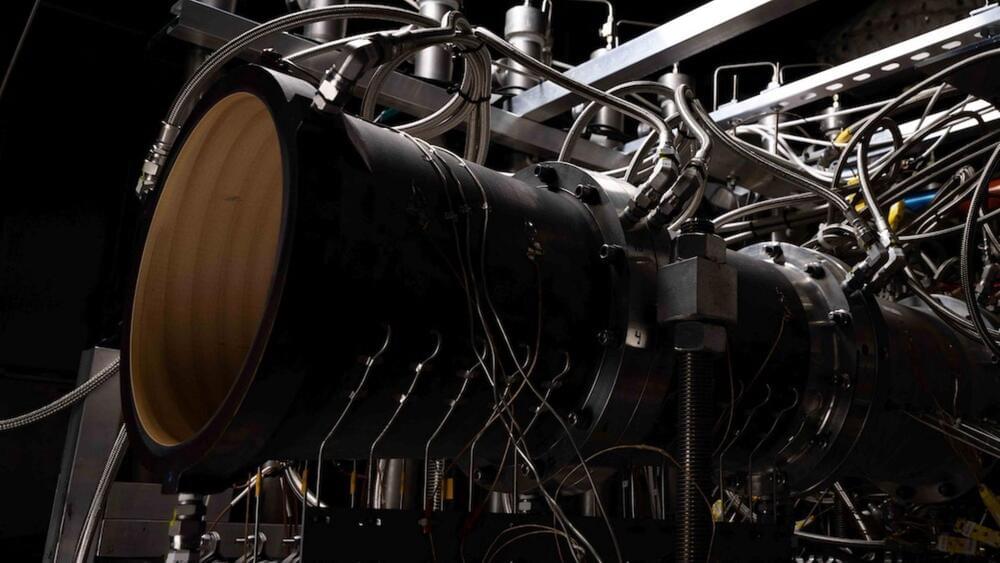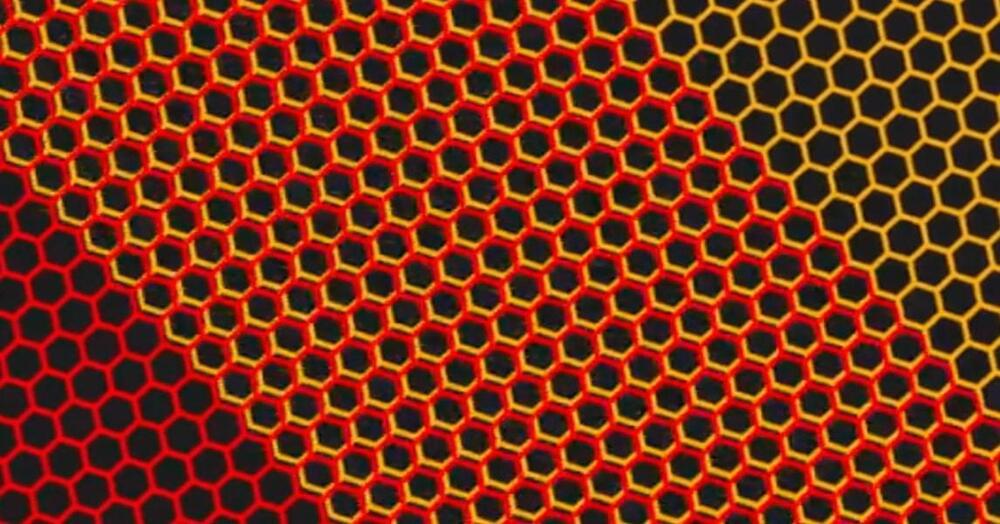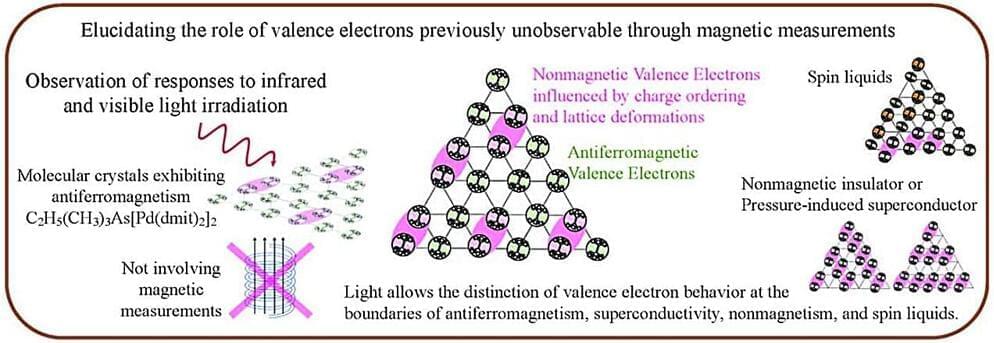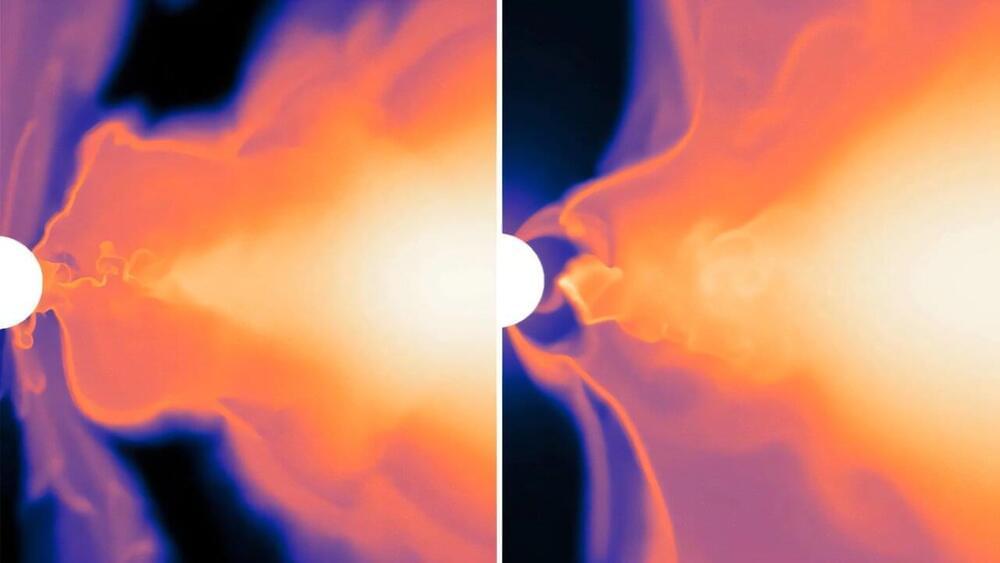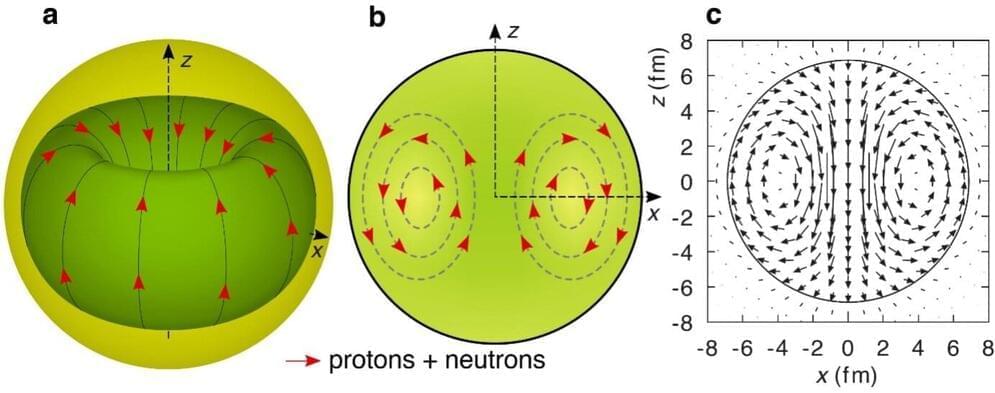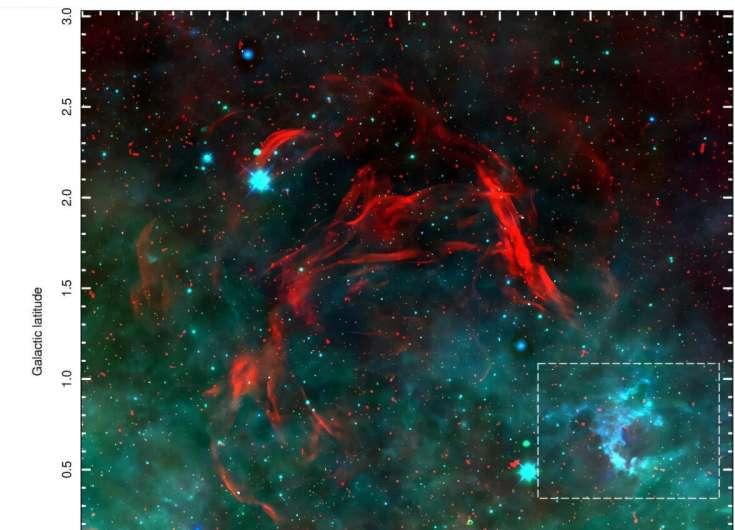Jan 14, 2025
GE Aerospace aims for hypersonic flight with its ramjet tech in 2025
Posted by Genevieve Klien in categories: materials, transportation
GE Aerospace is advancing hypersonic flight with plans to scale up its dual-mode ramjet technology in 2025.
To create a full propulsion system, engineers will improve sophisticated controls and use state-of-the-art materials from jet engine advancements in the upcoming months. This will be a crucial step in reaching flying capabilities.
Continue reading “GE Aerospace aims for hypersonic flight with its ramjet tech in 2025” »
